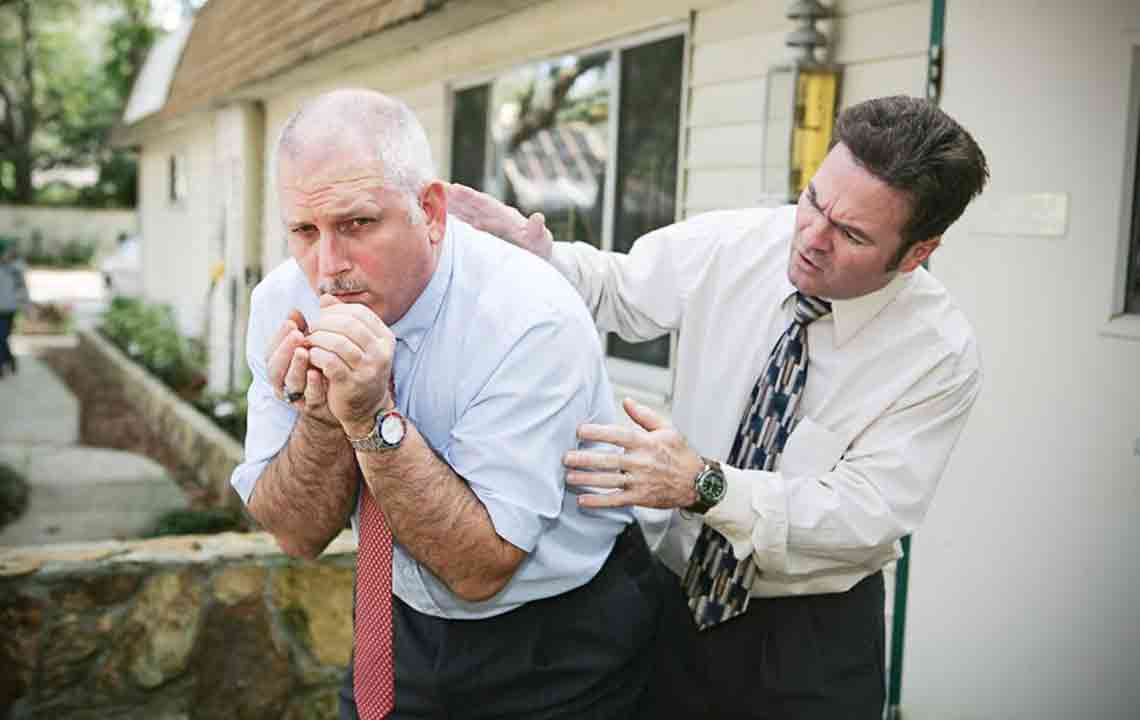Six Common Symptoms of Pneumonia
Pneumonia is an infection which causes inflammations in the air sacs, medically termed as “alveoli,” in one or both lungs. When you have pneumonia, these alveoli get filled with fluid or pus thus making it hard. As a result, the lung’s ability to transfer oxygen to the blood gradually reduces, finally leading to death. Pneumonia can be divided into lobar pneumonia, which affects a single lobe, and multilobar pneumonia which creates patches in several lobes.

One of the important types of pneumonia is hospital-acquired pneumonia or HAP. It is caused when a patient is admitted to hospital for some other ailment. It mostly occurs when someone has been admitted to ICU or on a ventilator. HAP is more severe than other kinds of pneumonia. Another important type of pneumonia is community-acquired pneumonia or CAP. It is very common and develops outside of the hospital or other healthcare surroundings. The most common causes of pneumonia are transmitted through a bacteria which cause pneumonia in adults. Viruses are often responsible for causing pneumonia in children. Various symptoms of pneumonia are explained below:
- Fever accompanied by chills
Fever is the most common symptom of any disease and so is in the case of pneumonia. A high fever is persistent in the patient, and it comes with chills. Fever does not come slowly rather it occurs suddenly and with a high intensity. However, when compared with the two, chills are more dangerous than fever in case of pneumonia. Teeth start chattering, and fever rises to 105 Fahrenheit. The only difference with fever in pneumonia is that it occurs for a prolonged period. Thus, a recurrent and high fever with chills is one of the most common symptoms of pneumonia. - Cough
During pneumonia, you will feel irritation in your throat, and you will start coughing. A little cough is not one of the symptoms of pneumonia. A persistent cough with mucus or blood coming up your throat is certainly a sign of pneumonia. In this case, the cough will be severe and extremely dry. Tightness in the chest may also be felt along with a cough. The patient experiences a heavy chest or chest pain. Beyond the first 12 or 36 hours, the condition usually worsens. The mucus that comes up with a cough is tinged with green or is rustic and accompanied by streaks of blood. - Rapid Breathing
Fast and rapid breathing is also one of the major symptoms of pneumonia. The patient will feel short of breath and find it difficult to breathe. Difficult and rapid breathing is also considered one of the most prominent sign as it helps in determining the disease. To be sure that the rapid breathing is due to pneumonia, the doctor would check whether the patient is wheezing or grunting which usually occurs in the case of pneumonia. A rapid pulse is also observed in most patients. - Abdominal pain or chest pain
Pain and aches in selective parts of the body are also common symptoms of pneumonia. However, to differentiate whether the pain is due to pneumonia you must check whether the pain is concentrated only in a certain part of the body which happens only in case of pneumonia. A sharp pain is felt in the chest, and a feeling of tightness persists in the chest in case of pneumonia. If the infection has occurred somewhere towards the lower part of the lungs, then you may even feel pain in the abdomen. - Vomiting and Nausea
Symptoms of pneumonia also include vomiting and nausea. Children may develop a loss of appetite. If the patient refuses to eat food or is fussy about his choices, then do not force him to eat anything. Advise him to increase the intake of fluids. The patient will feel uneasiness in the stomach or nausea. Due to these symptoms, the patient remains in the state of delirium most of the times. - Change of color in lips and nails
When severe pneumonia sets in, then the most common and obvious sign include a change in the color of lips and nails. They become grayish or bluish. This indicates lack of oxygen and inability to breathe.
Now that you know the symptoms of pneumonia rush to the doctor at once, if you have any. Pneumonia can make you feel very weak and if not treated immediately can transform into a deadly form of the disease. Therefore, seek immediate medical help in a case such symptoms arise and spread awareness around. It will help you seek medical attention in case you need it and help others as well.